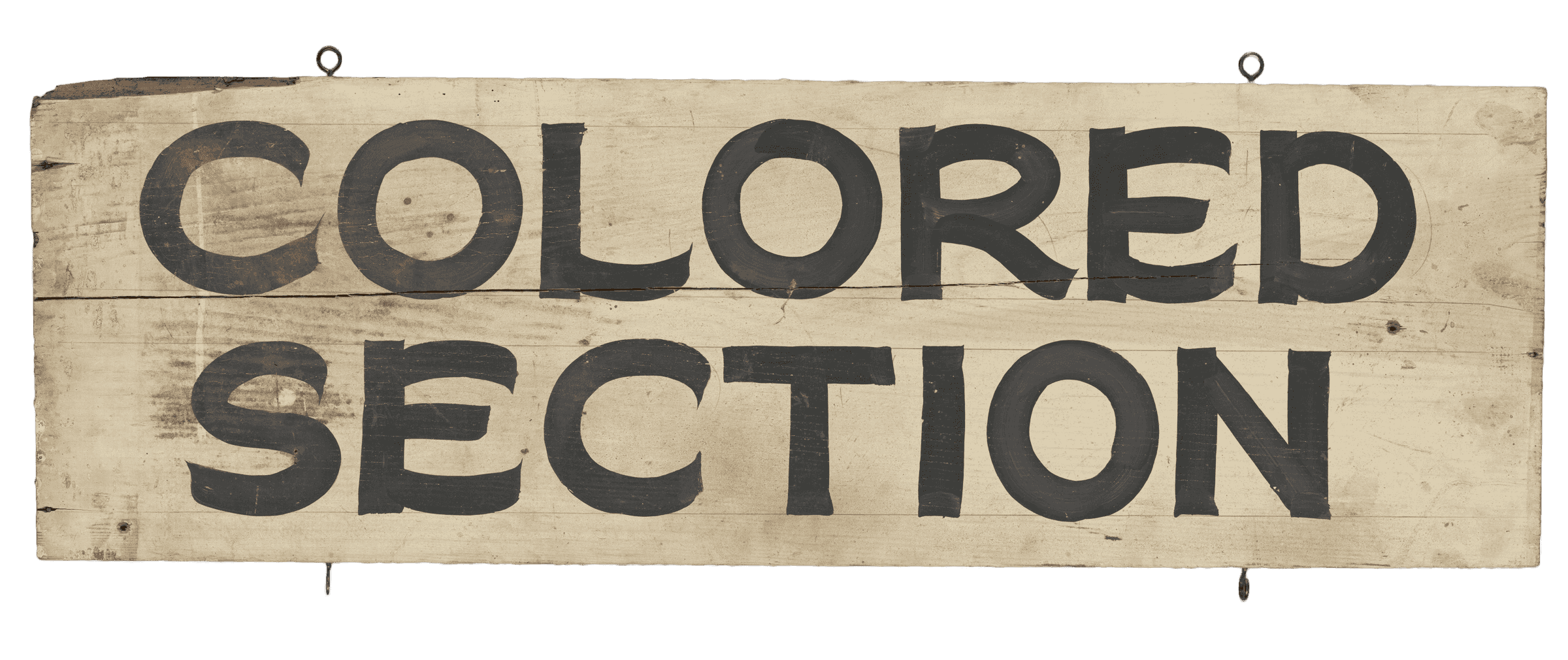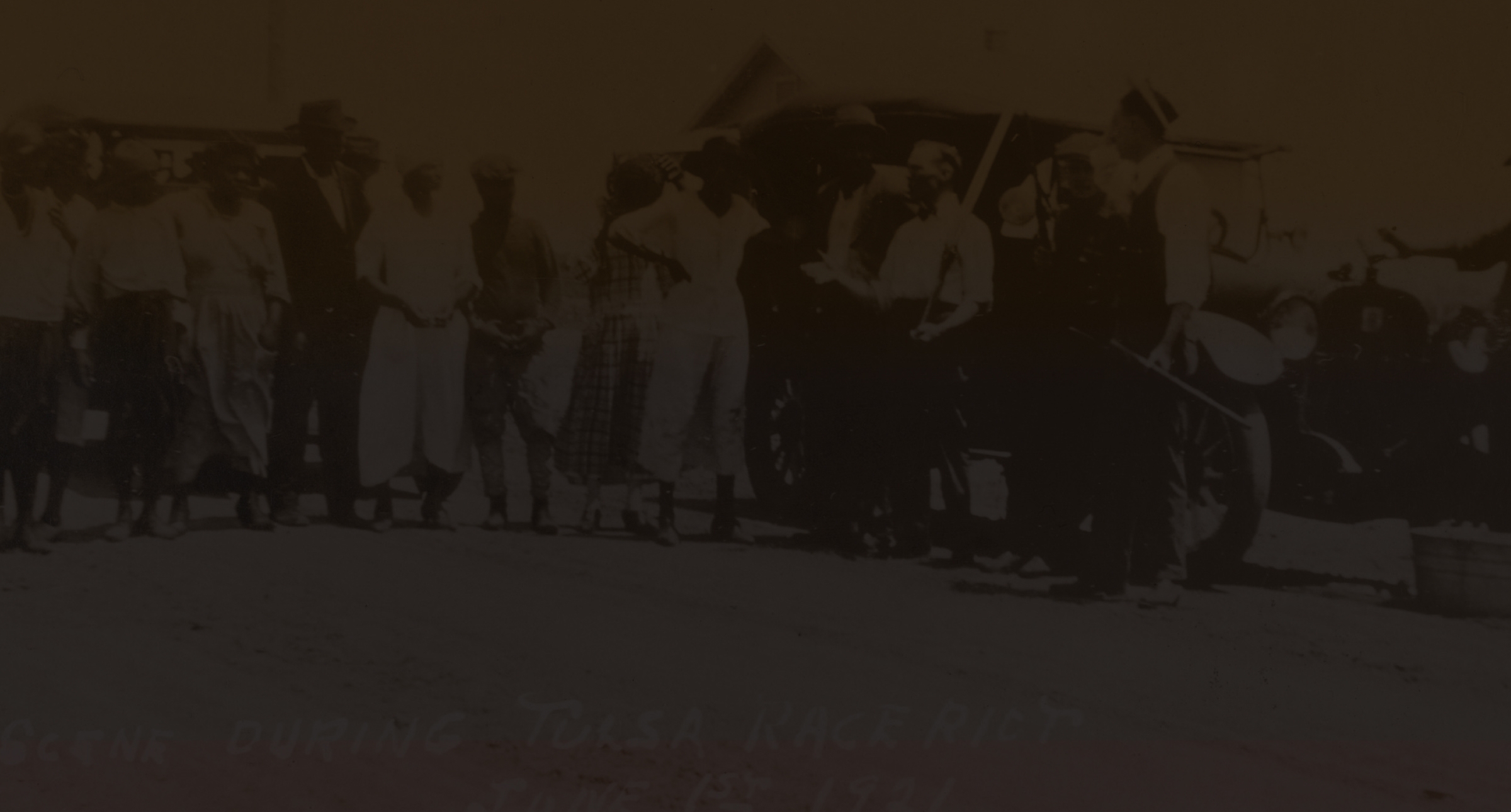
Chapter 4
Hardening of Racial Separation
Segregation placed severe restrictions on African American life. Though legal throughout the South, segregation was also widespread in the North, most notably through restrictive housing covenants. While segregation laws controlled access to public spaces, restrictive covenants determined where African Americans could live.
Justice for African Americans was impeded by unfair and violent practices of convict leasing and lynching. Convict leasing forced African Americans into systems of unpaid labor. Lynchings and race riots made violence and terror an inescapable part of African American life.
The Battle Against Segregated Transportation
Greyhound bus station in Memphis, Tennessee
For decades, African Americans had fought against segregated transportation. Frederick Douglass, Ida B. Wells-Barnett, and Homer Plessy were all removed from trains for refusing to sit in segregated coaches. Plessy’s case went all the way to the Supreme Court, which ruled against him in 1896. But this did not stop challenges to the system.
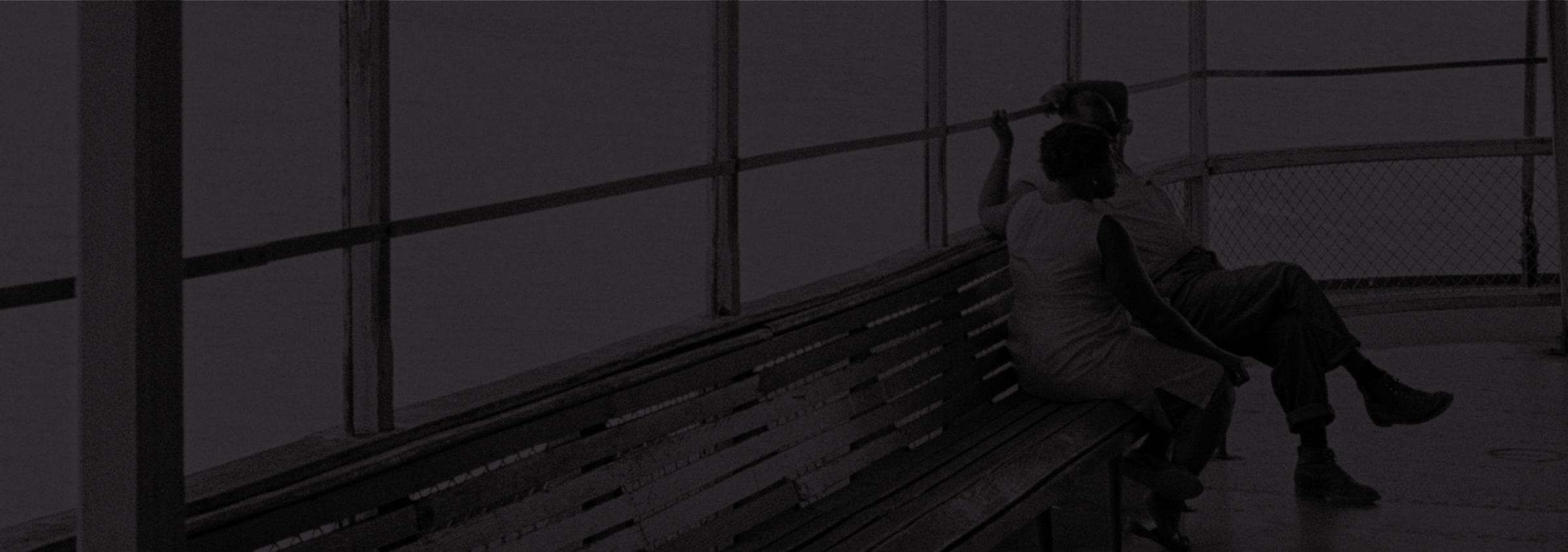
It is not the ‘Jim Crow’ car proper that hurts our sensibilities, but the spirit that demanded its creation. It is not our color or what we ate to-day, but the condition that we arose from that keeps alive what is known as American prejudice.
Indianapolis Freeman, 1891
Streetcar Boycotts
Segregated streetcar, Birmingham, Alabama
To protest new segregation laws, African Americans refused to ride streetcars in 25 southern cities between 1900 and 1907. They hoped the boycotts would reduce profits and encourage companies to support their cause, especially in cities with large Black populations. Though the laws remained, the boycotts pinched transportation profits and offered a way for African Americans to publicly express displeasure with their treatment.
“Colored Section” sign from Pine Bluff, Arkansas
Morgan v. Virginia
“JC Bus Travel Outlawed,” Washington Afro-American, June 8, 1946
In the 1940s and 1950s, cases heard by the Interstate Commerce Commission and the Supreme Court helped end segregation on interstate buses. In 1944 Irene Morgan boarded a Greyhound bus from Gloucester County, Virginia, to Baltimore, Maryland. She was arrested when she refused to give up her seat to a white passenger. The NAACP appealed her case to the U.S. Supreme Court. In 1946 the Court ruled in Morgan v. Virginia that segregation on interstate transportation violated the Constitution’s Commerce Clause. It was an important legal victory for the NAACP and the Civil Rights Movement.
In 1955, the Interstate Commerce Commission reinforced the Court’s ruling by deciding that segregation on interstate trains, buses, and waiting rooms was in violation of the Interstate Commerce Act.
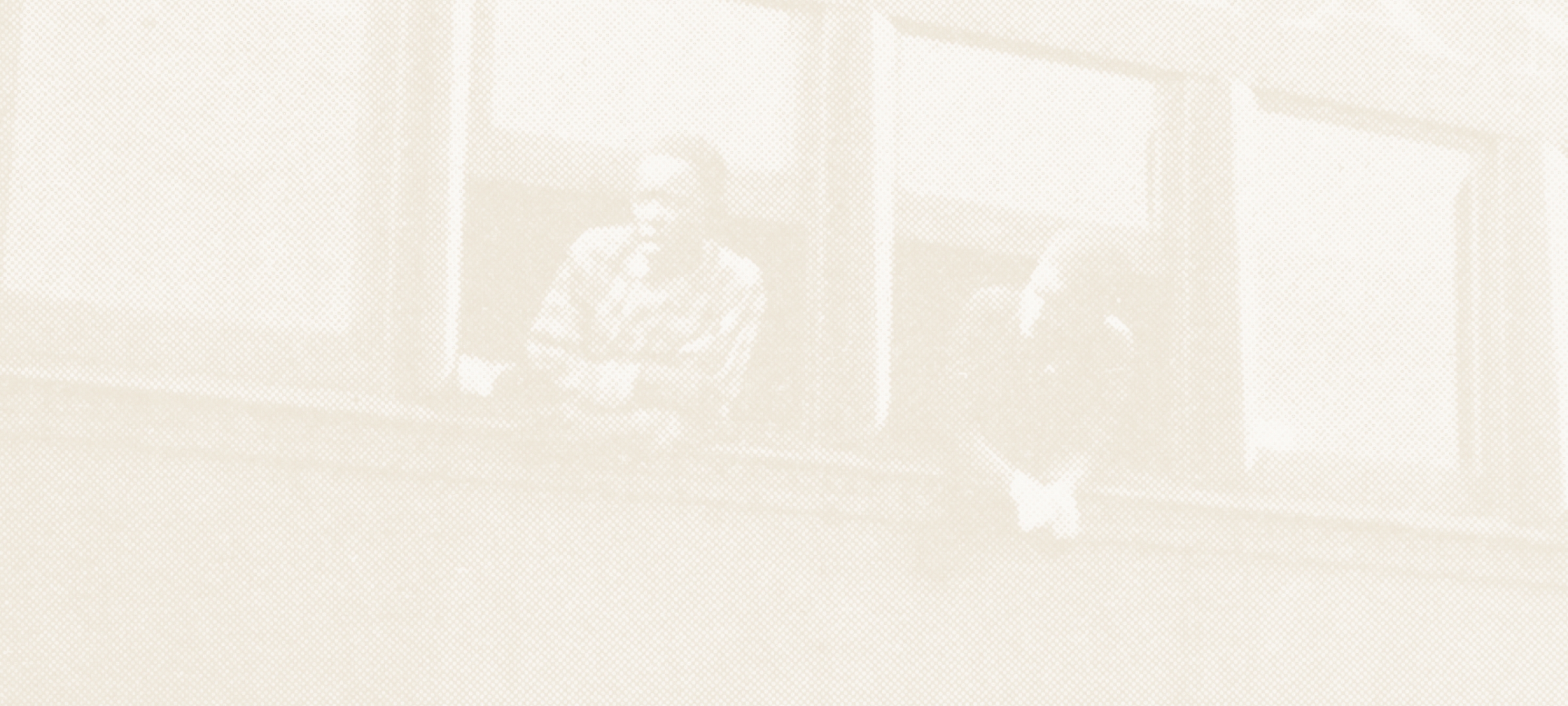
Segregated Railcars
A Jim Crow railroad car in Fayetteville, North Carolina, 1929
For most of the 20th century, long-distance travel meant taking the train. For African Americans, traveling by train meant segregated accommodations in the South and much of the Midwest.
Beginning in the 1930s, several southern railroads tried to stop segregated railways because maintaining separate cars was expensive. These desegregation efforts were unsuccessful.
What’s in a Segregated Railcar?
Southern Railway Company Coach No. 1200
Southern Railway Company attendant, ca. 1950s
Southern Railway Company Coach No. 1200 was rebuilt as a segregated railcar in 1940. Meant for long trips, it had separate areas for white and Black passengers. The coach featured separate bathrooms and seating sections, and small lounges were reserved for white passengers. Coach 1200 was owned and operated by the Southern Railway and ran as a long-distance coach between Washington, D.C., and New Orleans.
Southern Railway Company Coach No. 1200
Featured Story
Pullman Porters and Maids
By the 1920s, the Pullman Company employed more African Americans than any other company in the United States. Pullman porters and maids worked long hours for low wages. In 1925 they created the Brotherhood of Sleeping Car Porters and Maids to demand better work conditions.
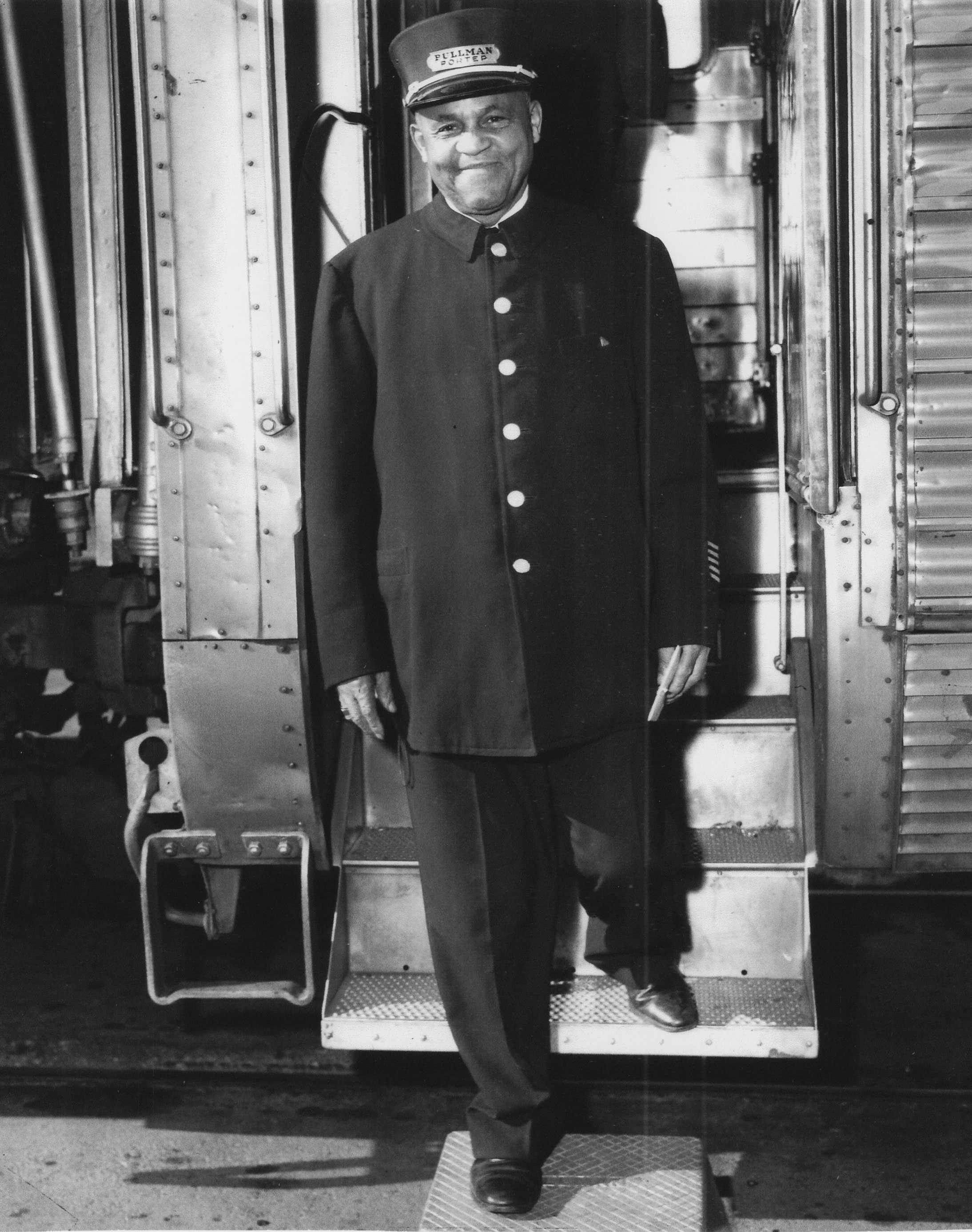
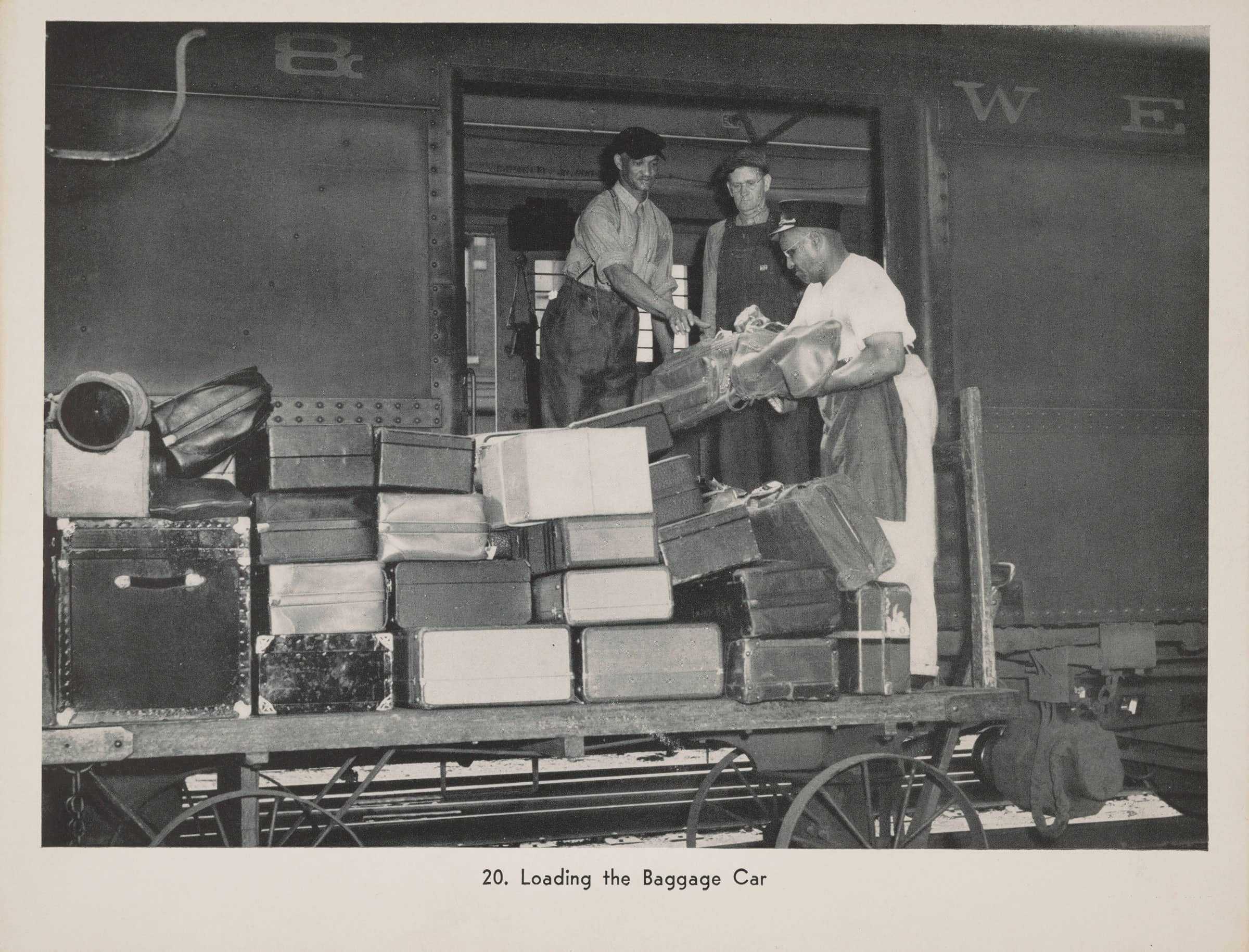
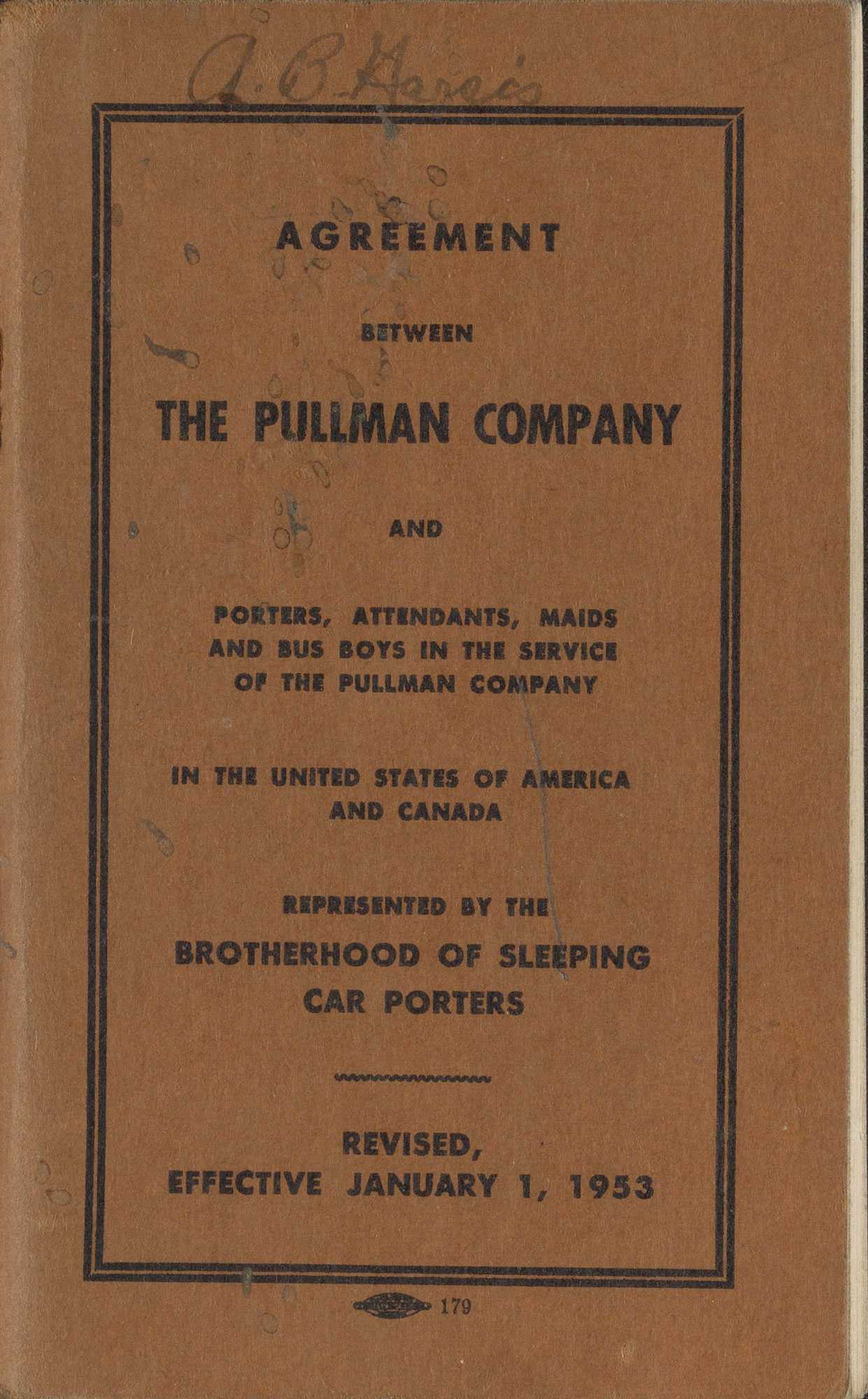
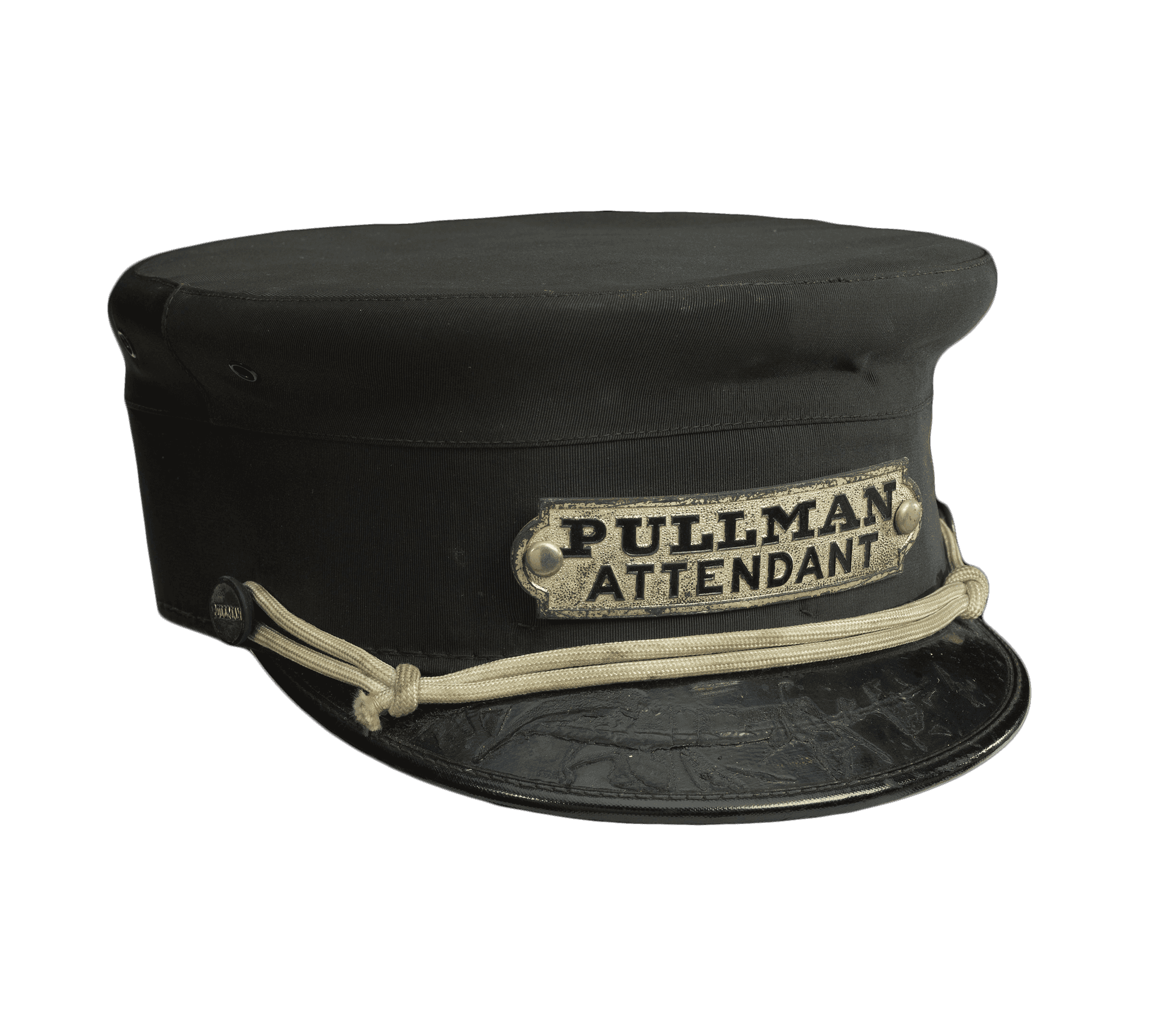
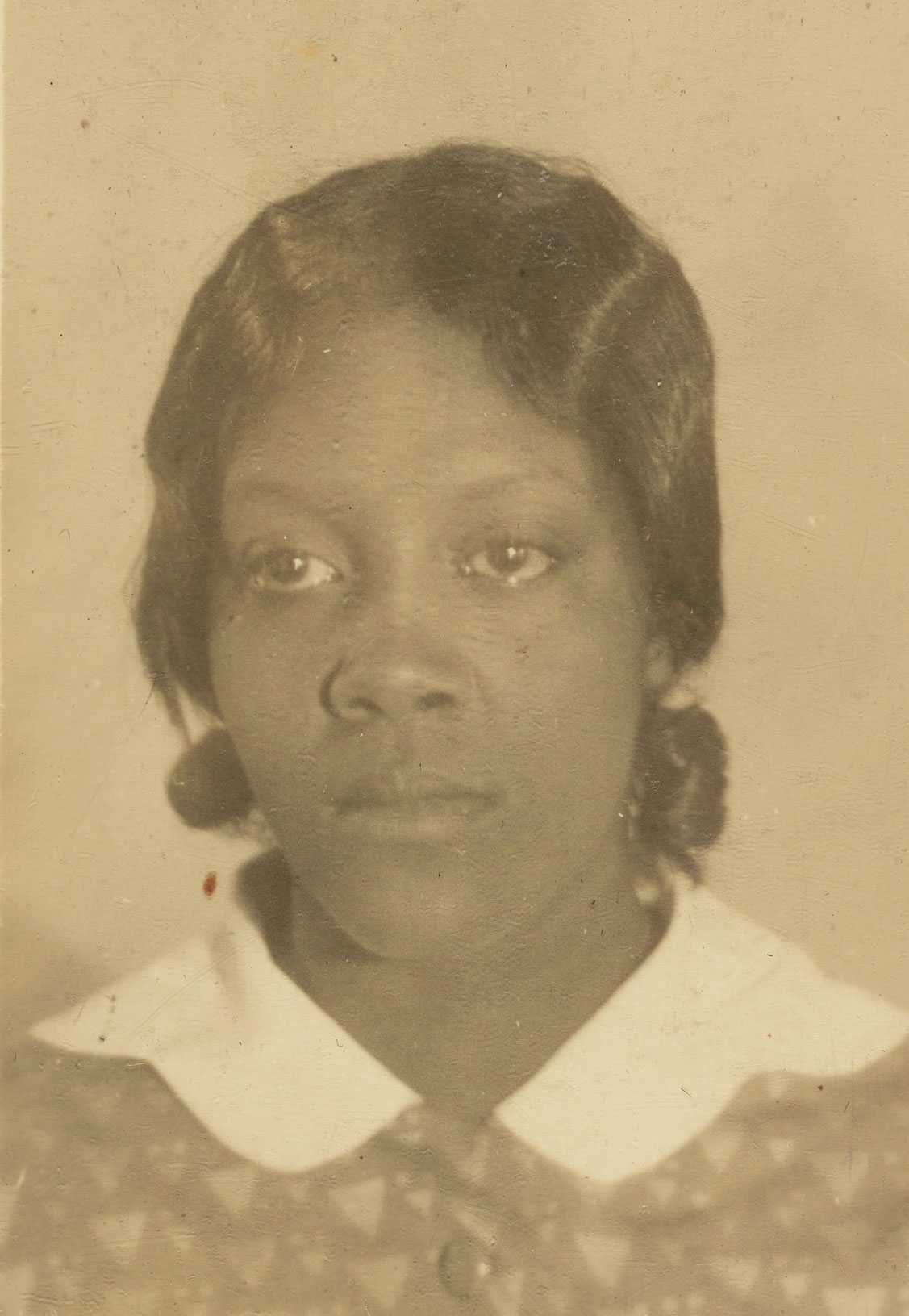

Bus station waiting room sign in Birmingham, Alabama, ca. 1957
Segregated Waiting Rooms
For most of the 20th century, segregated transportation—and segregated transportation waiting rooms—were the norm in the South and parts of the West and Midwest. Anyone—whether white or Black—who defied these rules faced arrest or even violence. Facilities reserved for African Americans were often poorly maintained.
